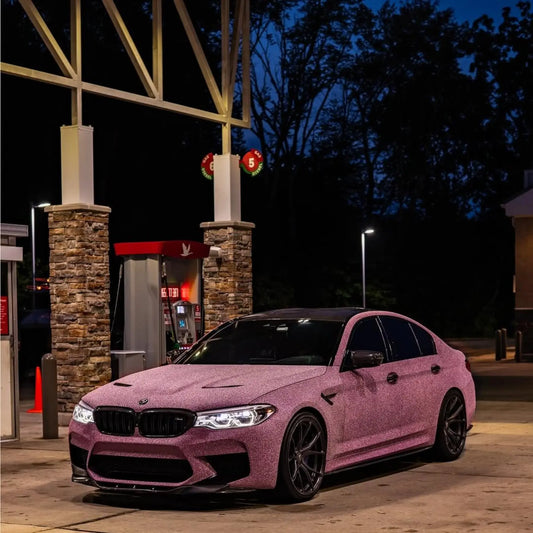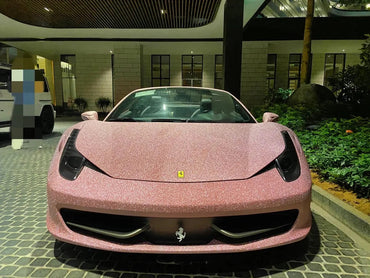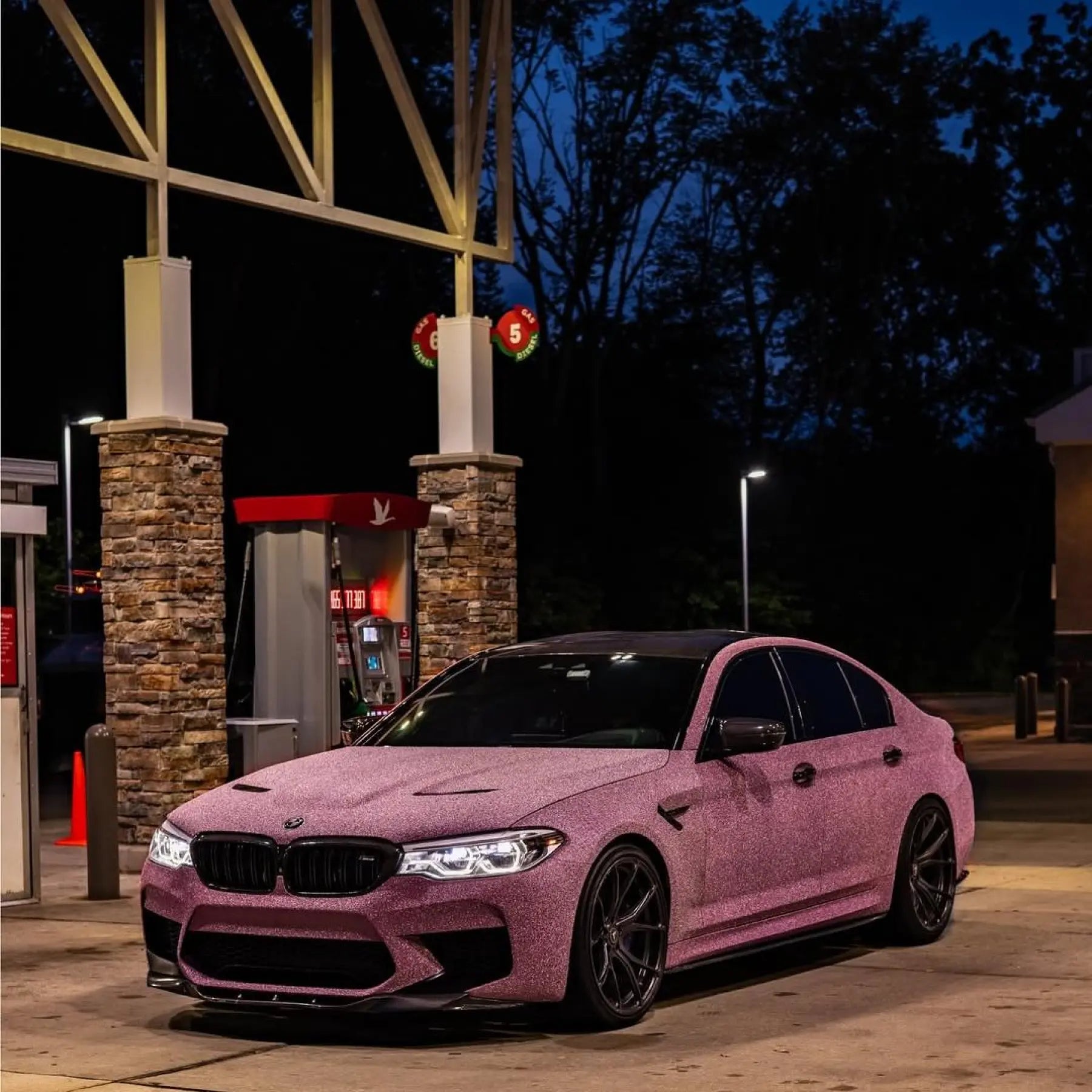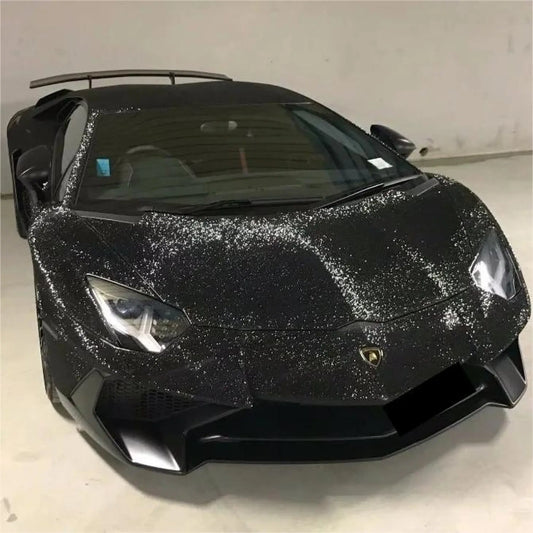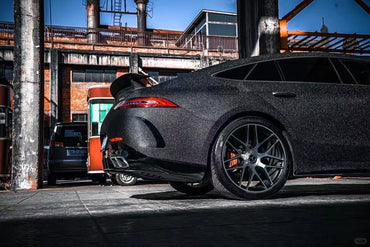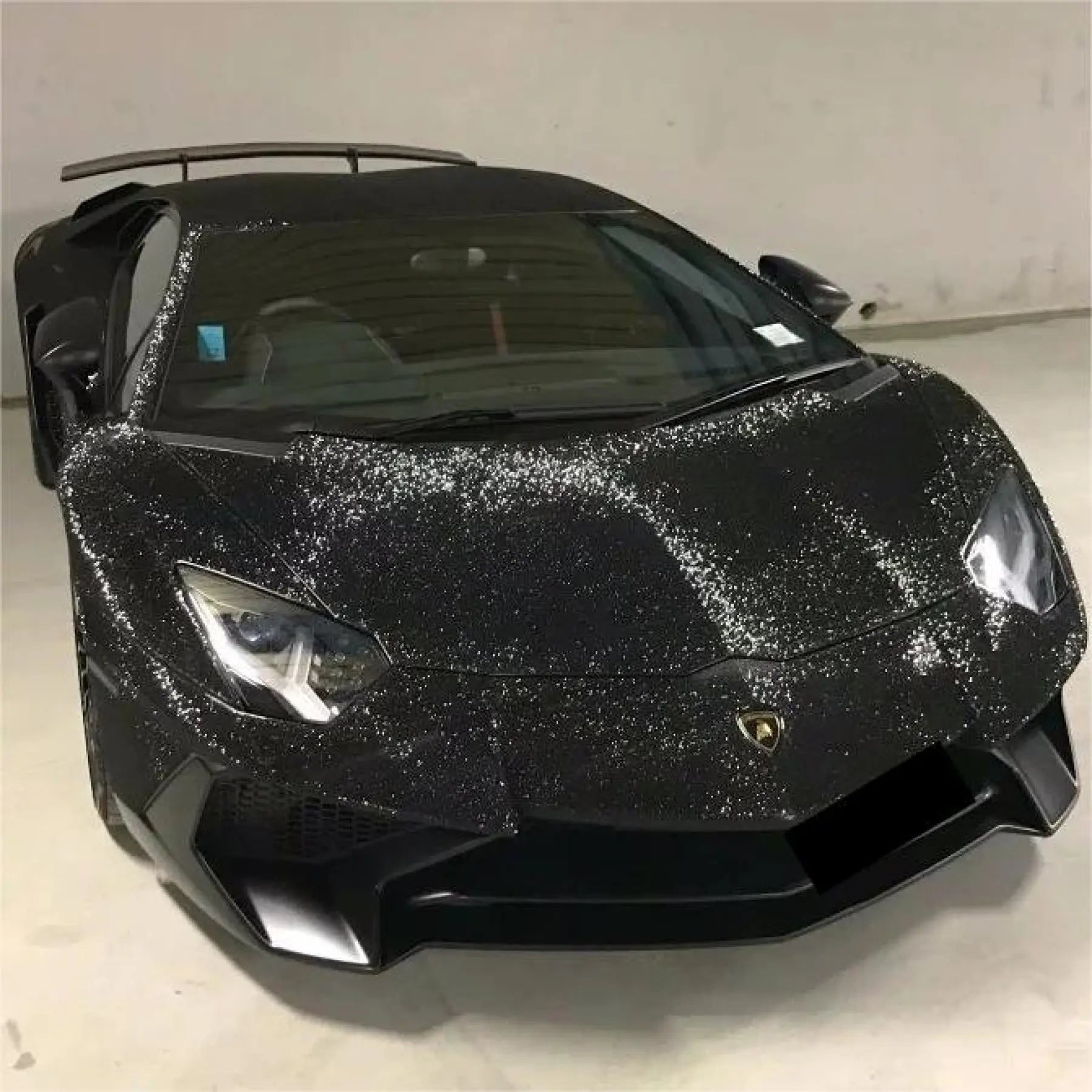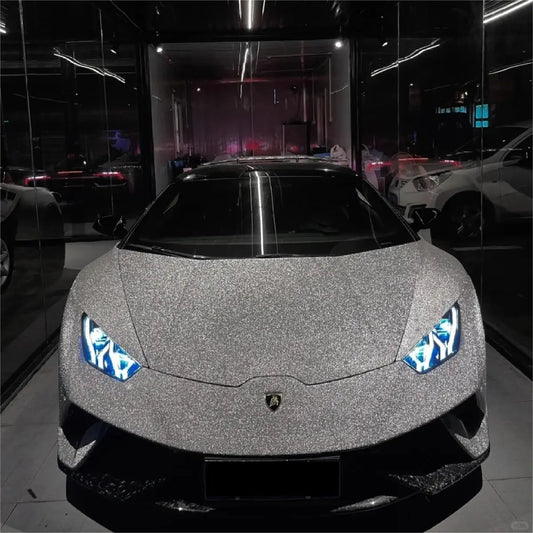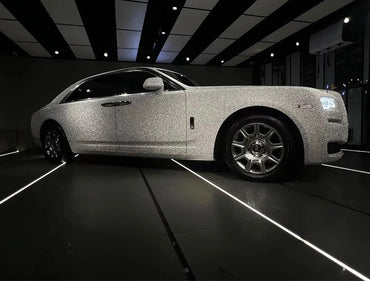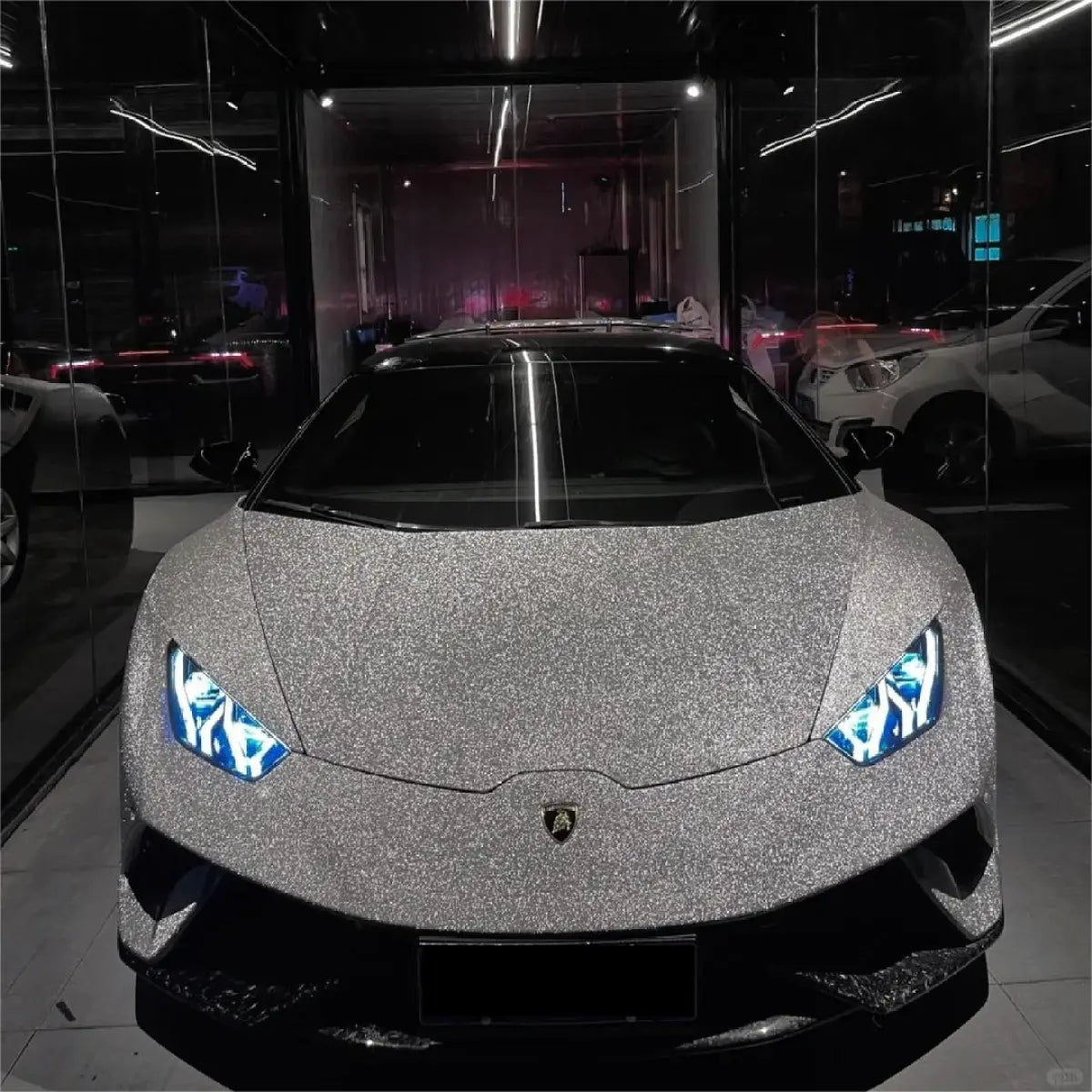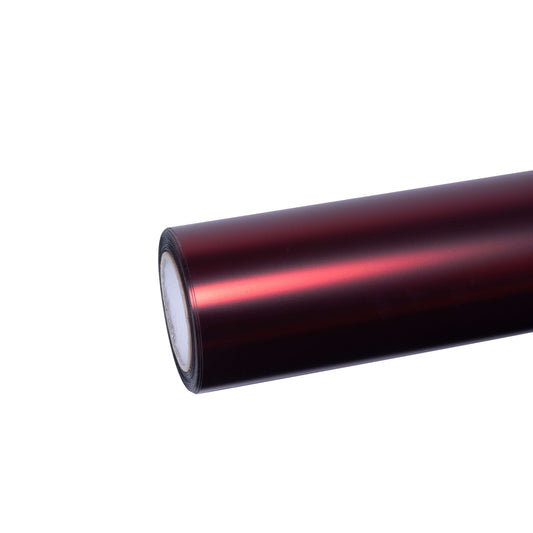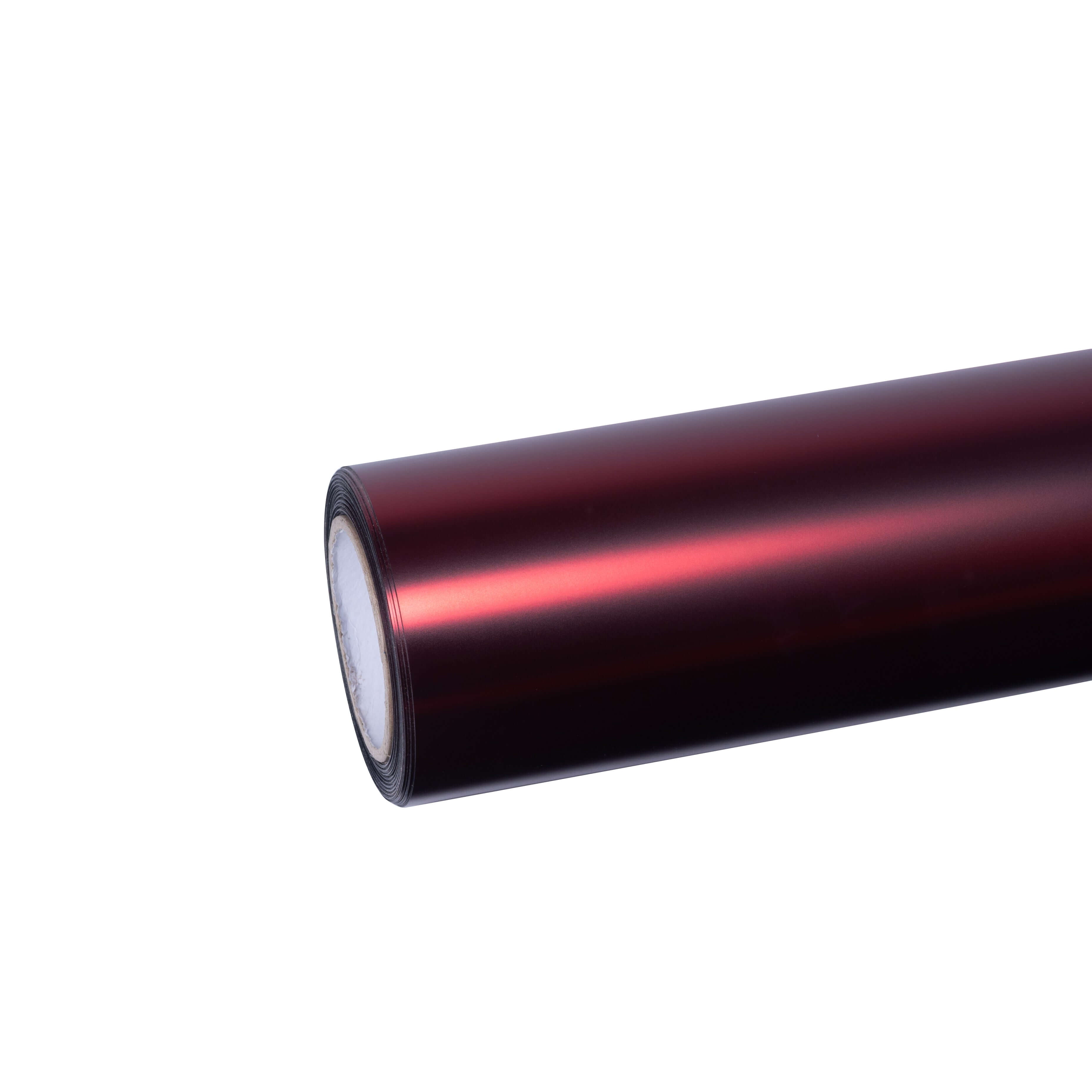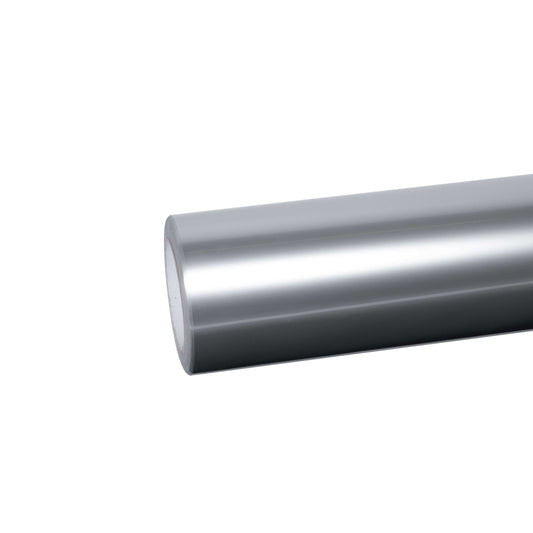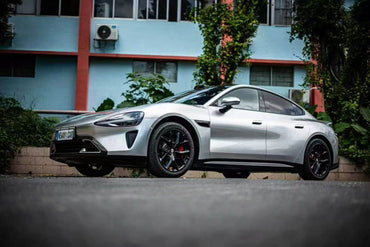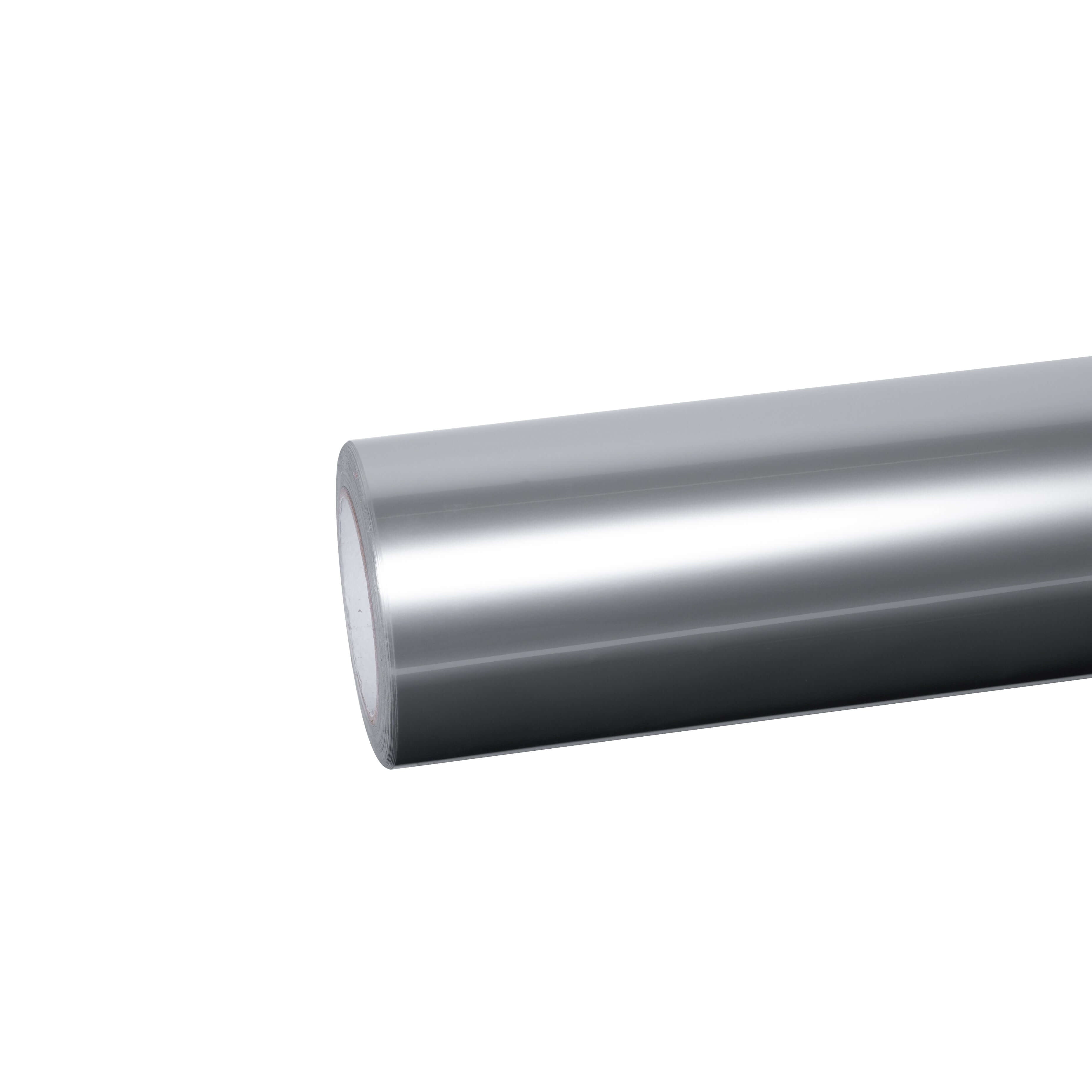DIY car wrapping has become increasingly accessible thanks to advances in vinyl technology and application techniques. The process offers multiple advantages beyond cost savings. According to research on vehicle vinyl wrap technology, modern cast vinyl films feature air-release channels that make bubble-free application achievable for beginners. Professional installations typically cost $2,500-$5,000, while DIY materials range from $500-$1,500—a savings of 50-70%. Beyond economics, DIY wrapping provides complete creative control over your vehicle's appearance. You can experiment with unique color combinations, finishes (matte, gloss, satin, metallic, chrome), and designs impossible with traditional paint. The process also offers valuable hands-on experience with automotive customization and surface preparation techniques.
Many automotive enthusiasts find the installation process rewarding and educational. You'll gain deep familiarity with your vehicle's body panels, curves, and construction. Skills learned during wrapping transfer to other projects like paint protection film installation, window tinting, and vinyl graphics application. The growing online community provides abundant resources, tutorials, and troubleshooting support. Modern vinyl materials are also more forgiving than earlier generations—they stretch more easily, conform to complex curves, and remove cleanly without damaging paint when you're ready for a change. For those concerned about the learning curve, our comprehensive 2025 beginner's guide breaks down each technique into manageable steps.
DIY wrapping also allows you to work at your own pace without time pressure. Professional shops typically allocate 1-3 days for full wraps, working continuously to meet deadlines. As a DIY installer, you can spread the project over weeks, perfecting each panel before moving forward. This measured approach often yields better results for first-time wrappers than rushing through the process. Additionally, you'll save on labor costs for future repairs—learning to wrap means you can fix damaged sections yourself rather than paying for professional touch-ups. The investment in tools ($150-300) pays for itself across multiple projects. Compare costs and benefits in detail through our professional versus DIY analysis to determine if the DIY approach suits your situation, skill level, and goals.


